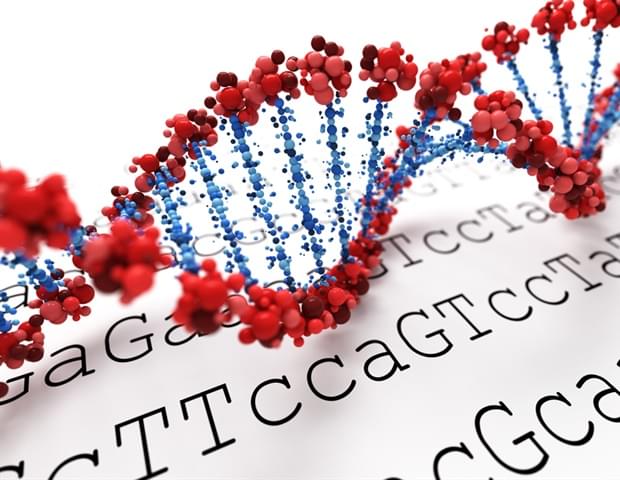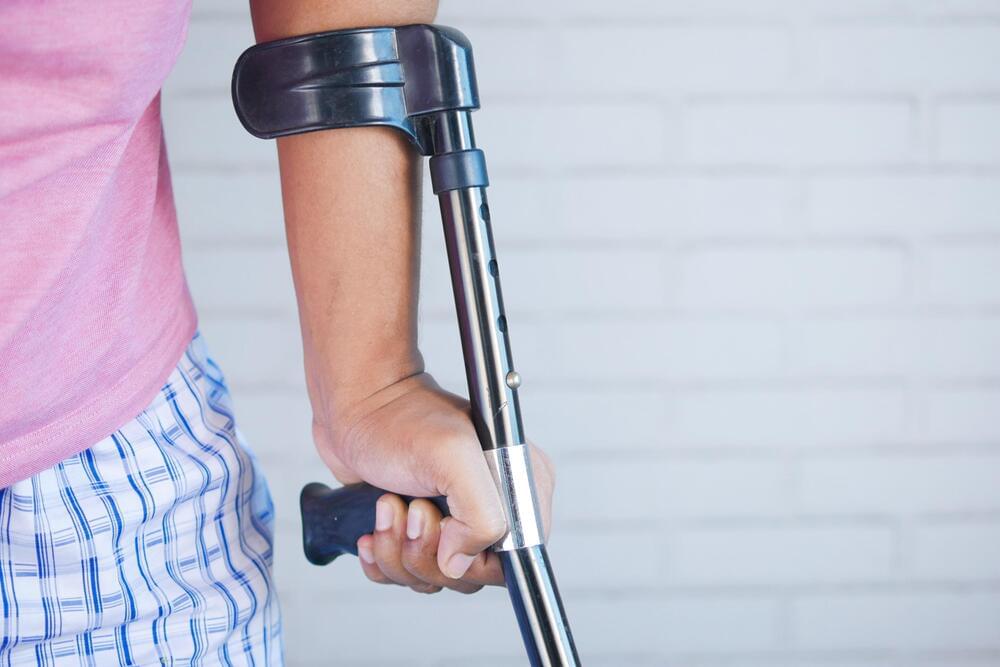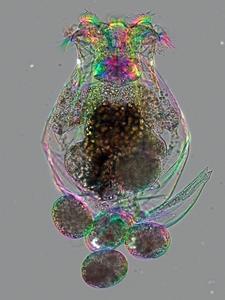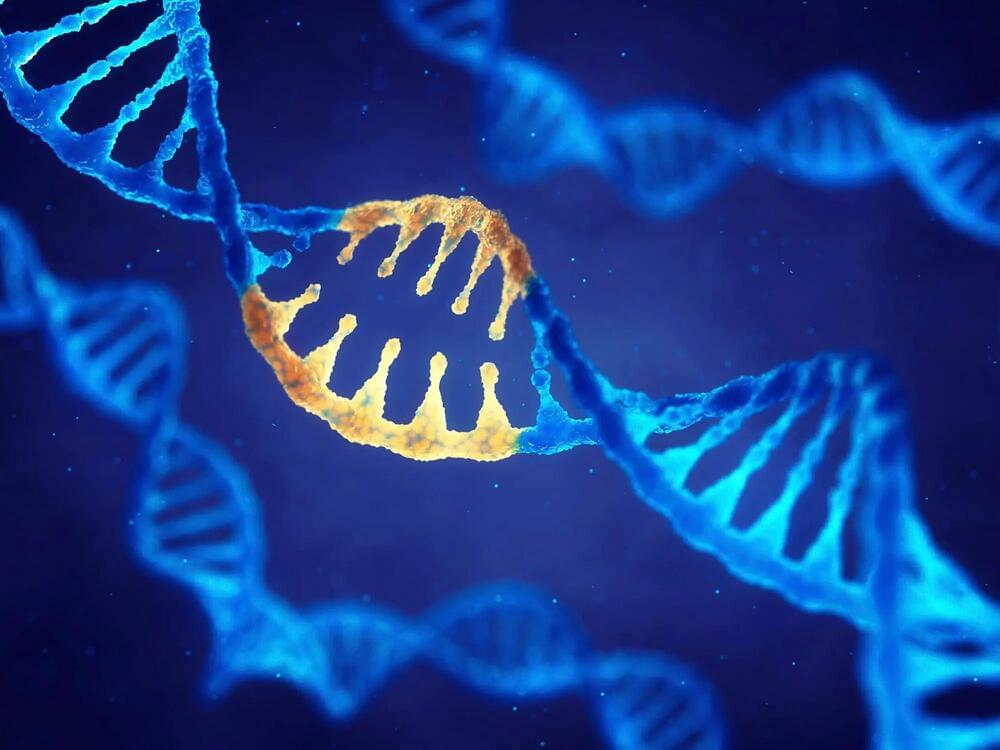An interdisciplinary team of mathematicians, engineers, physicists, and medical scientists have uncovered an unexpected link between pure mathematics and genetics, that reveals key insights into the structure of neutral mutations and the evolution of organisms.
Number theory, the study of the properties of positive integers, is perhaps the purest form of mathematics. At first sight, it may seem far too abstract to apply to the natural world. In fact, the influential American number theorist Leonard Dickson wrote ‘Thank God that number theory is unsullied by any application.’
And yet, again and again, number theory finds unexpected applications in science and engineering, from leaf angles that (almost) universally follow the Fibonacci sequence, to modern encryption techniques based on factoring prime numbers. Now, researchers have demonstrated an unexpected link between number theory and evolutionary genetics.







